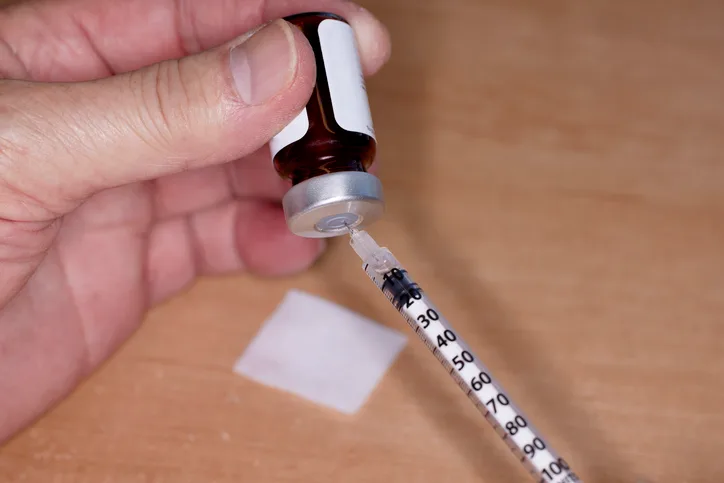
In the Literature
Forsythe LR, Barazowski JA. Accuracy and precision of 3 multidose vial tracking methods to inform controlled drug tracking in practice. Am J Vet Res. 2025;86(2):1-7. doi:10.2460/ajvr.24.10.0307
The Research …
The opioid epidemic has led to increased oversight of controlled drugs from many regulatory agencies. The US Drug Enforcement Administration requires registrants to closely monitor controlled drugs and amounts and report any significant discrepancies.1 There are many ways to monitor quantities that remain in partial multidose vials, but the best method has yet to be determined.
In this study, 3 methods for monitoring volumes in vials of injectable controlled drugs were evaluated for accuracy (ie, closeness of the measurement to the true value) and precision (ie, closeness of multiple measurements to each other): actual draws of the volume remaining (method 1), weight tracking of the volume remaining and/or volume removed (method 2), and discrepancy percentage at the end of the vial (method 3). A vial containing a known amount of sterile water was used for methods 1 and 2. In method 1, after each dose was removed, the remaining quantity of liquid was drawn, measured, and reinjected into the vial, with estimated and actual hub losses calculated. In method 2, the vial was weighed after each draw and compared to the expected weight; the syringe and needle were weighed immediately before and after the drug was drawn. In method 3, the total discrepancy volume per vial was determined based on a historical discrepancy loss in the clinic over a 15-month period.a Accuracy and precision were measured with each method.
Do vaccine vial punctures reduce needle sharpness? This blinded study surveyed clinicians and tested 3 brands across 4 gauges for clinical insight.
The findings of this study indicated that method 2 (weight based) was more accurate than method 1 (actual draws); precision was equal for both methods. Method 3 (discrepancy percentage) had the lowest precision. Method 1 is common, is easily used, and does not require a readily available scale.
Both weight tracking and actual draws are adequate for monitoring volumes of controlled injectable drugs and preferred over a postuse discrepancy review method.
… The Takeaways
Key pearls to put into practice:
Availability of personnel and equipment and comfort with technique inform the decision on which discrepancy reporting method is most valuable for an individual clinic.
Standardized protocols should be established for either weighing multidose vials before and after each use or drawing up the actual volume remaining after each use.
Veterinary staff should be trained in proper handling and documentation techniques for injectable controlled substances.
High-alert medications require extra care to avoid errors and prevent severe adverse effects. Explore the everyday drugs that made the list and the simple dispensing precautions that can protect both humans and animals in this article on Guidance for Safe Medication Use in Veterinary Practice.
a January 1, 2022, through March 31, 2023
You are reading 2-Minute Takeaways, a research summary resource presented by Clinician’s Brief. Clinician’s Brief does not conduct primary research.